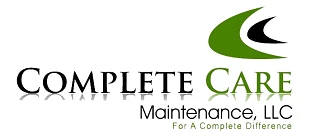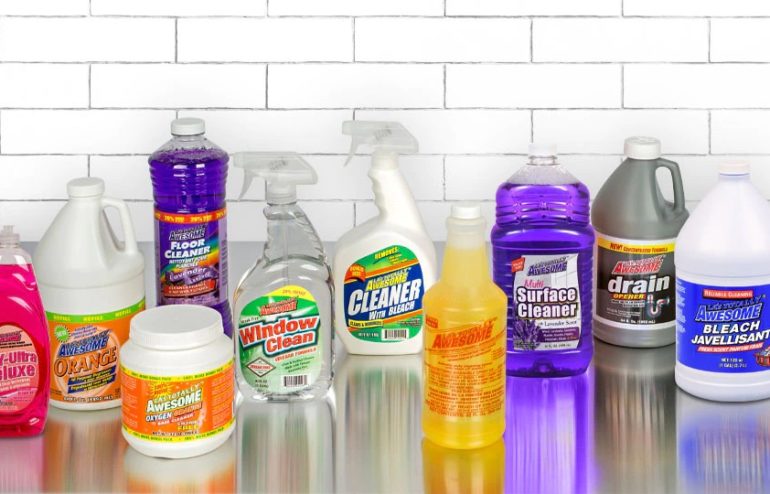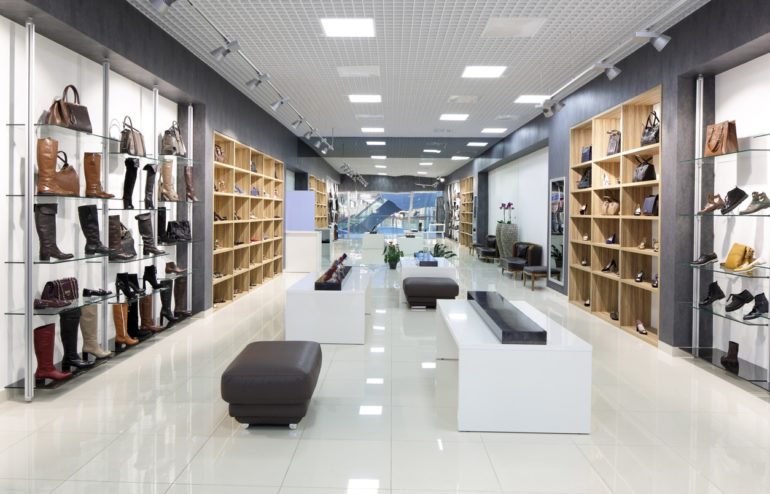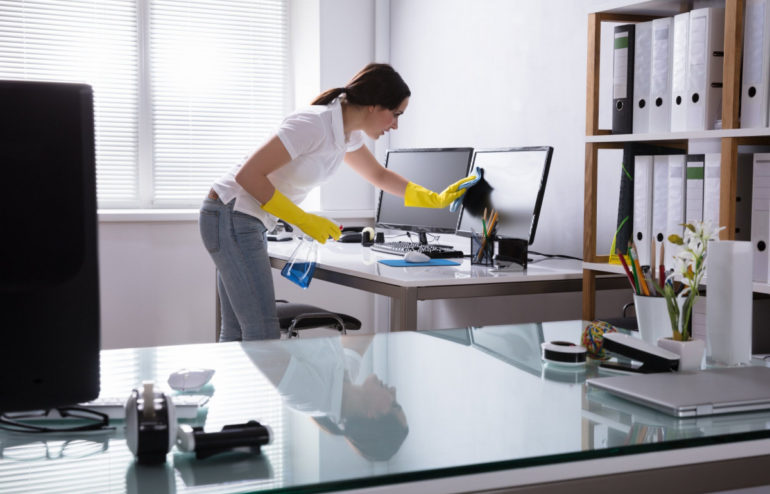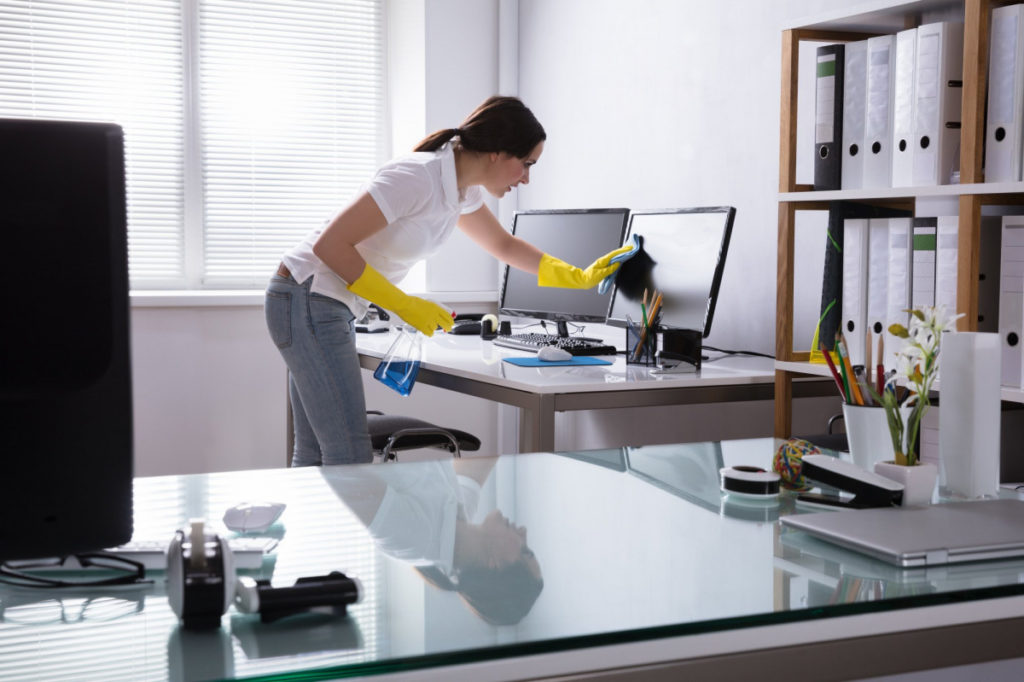
In the quest for a pristine and hygienic workspace, commercial cleaning products play a pivotal role. However, the list of ingredients on these products can often read like a chemical puzzle. Decoding the enigma of cleaning labels empowers businesses to make informed choices about the products used in their commercial spaces.
Commercial cleaning products typically list a range of ingredients, each serving a specific purpose. To the untrained eye, these ingredients might seem like a string of complex chemical names. However, a closer look reveals valuable information about the product’s efficacy, safety, and environmental impact.
Common Ingredients in Commercial Cleaning Products:
- Surfactants: These are surface-active agents that break down grease and stains. Surfactants are crucial for effective cleaning. Common examples include alkyl polyglucosides and sodium lauryl sulfate.
- Solvents: Responsible for dissolving substances, solvents are often found in stain removers and degreasers. Ethanol, isopropanol, and d-limonene are examples of solvents used in commercial cleaning.
- Acids and Bases: These components help in descaling and neutralizing odors. Hydrochloric acid, citric acid, and ammonia are examples. Understanding the pH level of a product is essential, especially when dealing with specific surfaces like marble or stainless steel.
- Chelating Agents: These ingredients bind to metal ions, preventing them from causing discoloration or staining. Ethylenediaminetetraacetic acid (EDTA) and citric acid are common chelating agents.
- Fragrances: While adding a pleasant scent, fragrances can sometimes cause irritation. Opting for products with natural or hypoallergenic fragrances is a consideration for those with sensitivities.
- Preservatives: Essential for preventing bacterial and fungal growth, preservatives extend a product’s shelf life. Methylisothiazolinone and benzalkonium chloride are examples.
Understanding Safety and Environmental Impact:
Decoding cleaning labels goes beyond recognizing names; it involves understanding their safety and environmental implications. For instance, some ingredients may be harsh on surfaces or harmful if inhaled or touched. Opting for products with clear and transparent labeling regarding safety precautions is a wise choice.
In recent years, there has been a notable shift towards eco-friendly cleaning products. These are formulated with biodegradable ingredients, minimizing their impact on ecosystems. Certifications such as the EPA’s Safer Choice label indicate products that meet stringent environmental and health criteria.
Making Informed Choices:
When selecting commercial cleaning products, businesses should consider their specific cleaning needs, the surfaces being cleaned, and the potential impact on occupants and the environment. Reading and understanding cleaning labels empower decision-makers to:
- Prioritize Health and Safety: Choose products that minimize health risks for occupants and cleaning staff. Consider factors like allergens, respiratory irritants, and skin sensitivities.
- Preserve the Environment: Opt for products with biodegradable ingredients, eco-friendly packaging, and minimal impact on water systems.
- Ensure Efficacy: The best cleaning products strike a balance between being safe and effective. Consider the cleaning task at hand and choose products that deliver optimal results.
- Comply with Regulations: Different regions may have regulations regarding the use of certain chemicals. Ensure that chosen products align with local standards and guidelines.
In conclusion, decoding cleaning labels is a vital step in establishing a cleaning regimen that aligns with health, safety, and environmental priorities. By understanding the language of cleaning products, businesses can contribute to a cleaner, safer, and more sustainable future.
